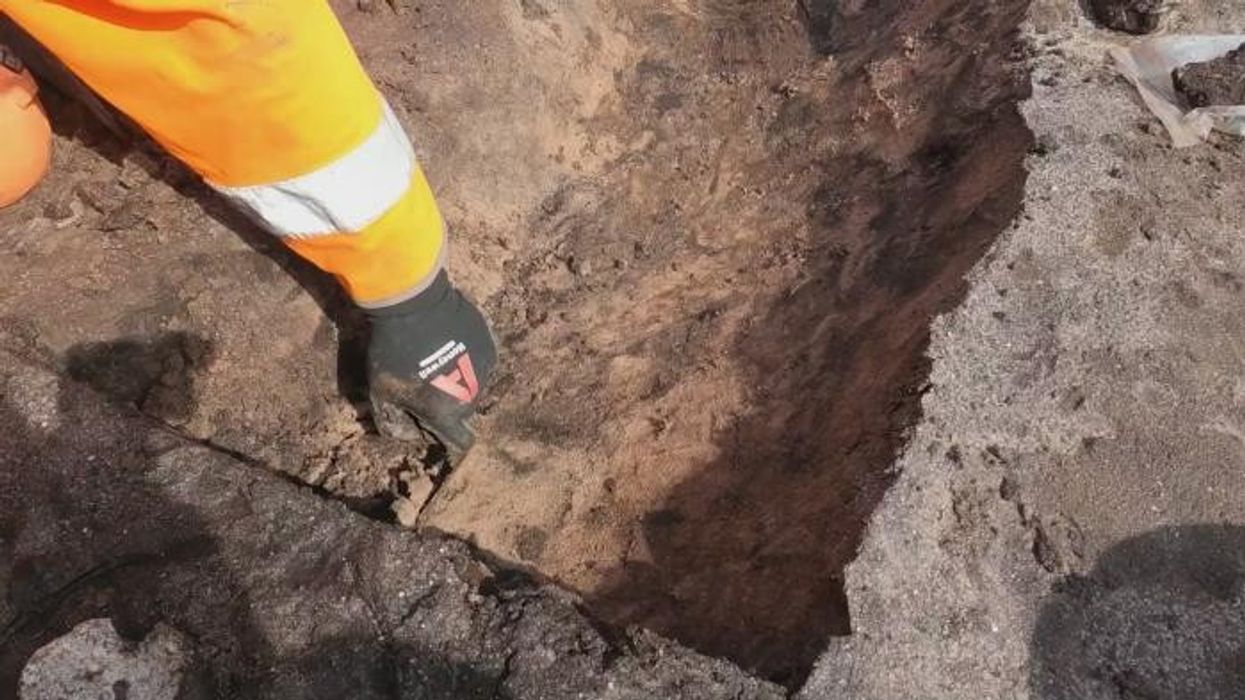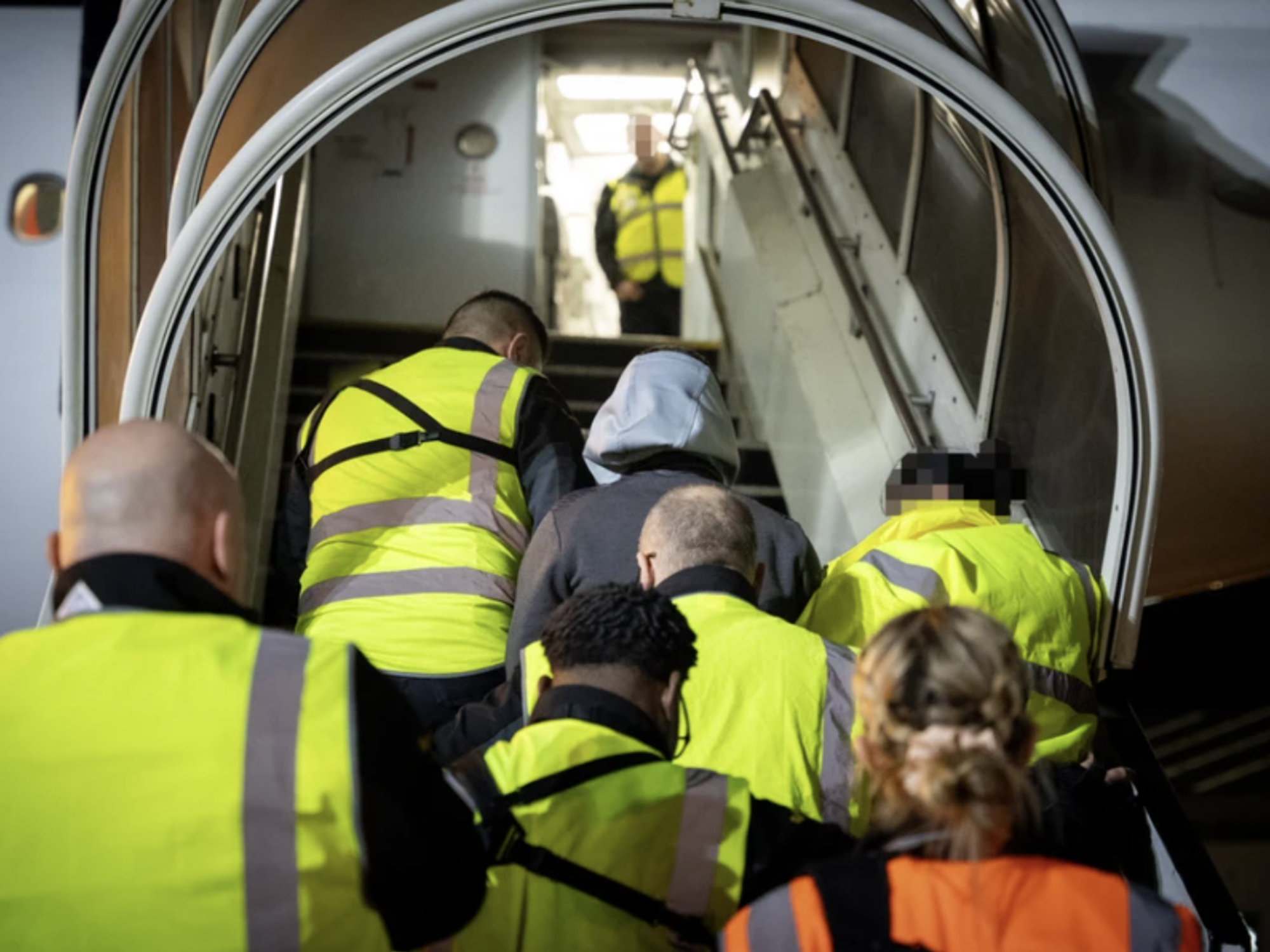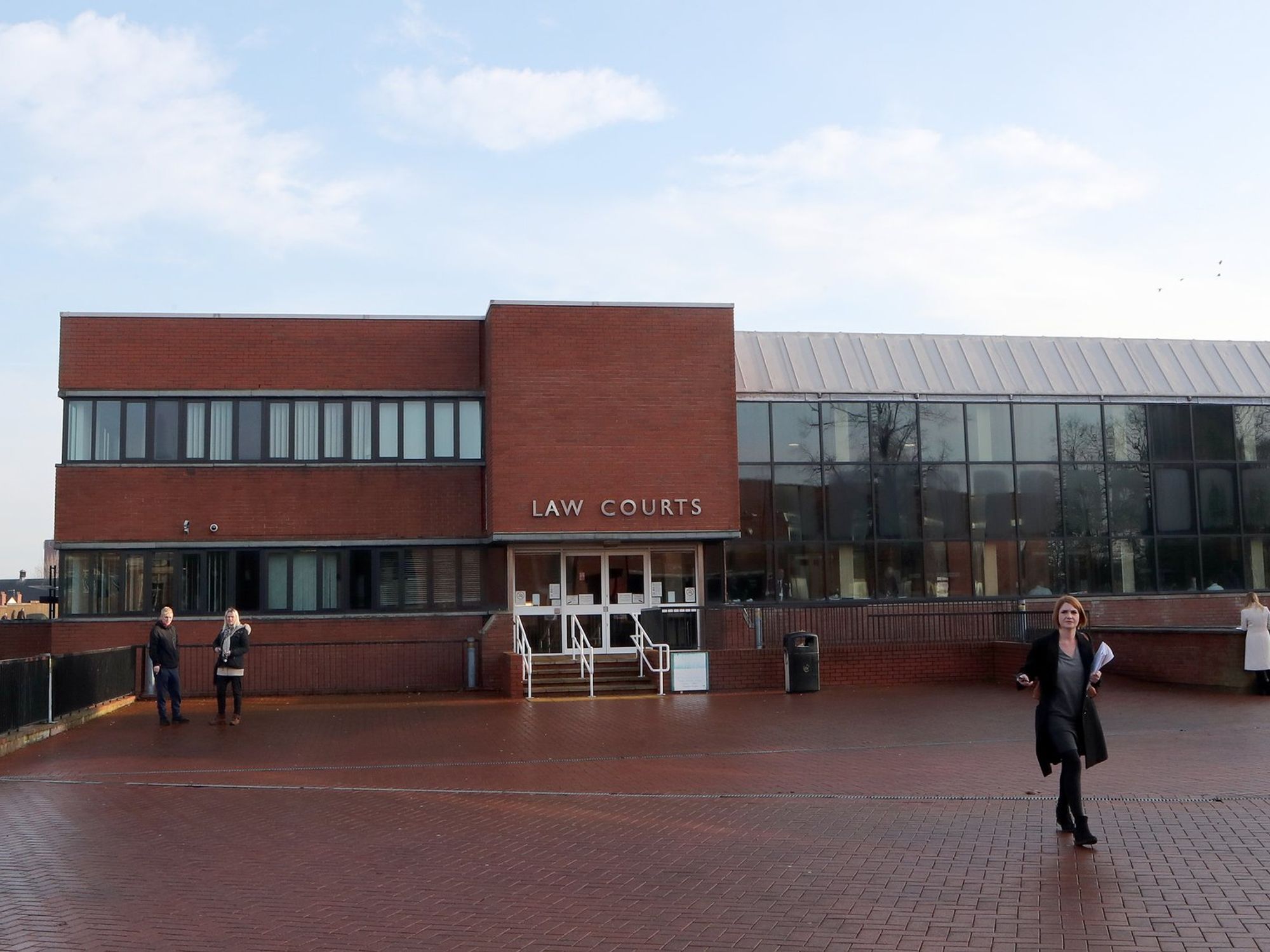Archaeology: Experts finally crack mystery of skeleton made of bones from multiple people

While some bones date back to Roman times, others originated from the late Stone Age in a 'rare' find
Don't Miss
Most Read
Latest
Archaeologists have solved the mystery of an unusual skeleton discovered in Belgium, which was found to contain bones from five different people who lived an astonishing 2,500 years apart.
The remarkable composite skeleton, unearthed at a Roman cemetery in the 1970s, was carefully arranged in a foetal position.
Scientists have now revealed that while some bones date back to Roman times, others originated from the late Stone Age, making this discovery particularly rare in archaeological records.
When first discovered, archaeologists believed all the bones dated from the second or third century AD during the Gallo-Roman era.
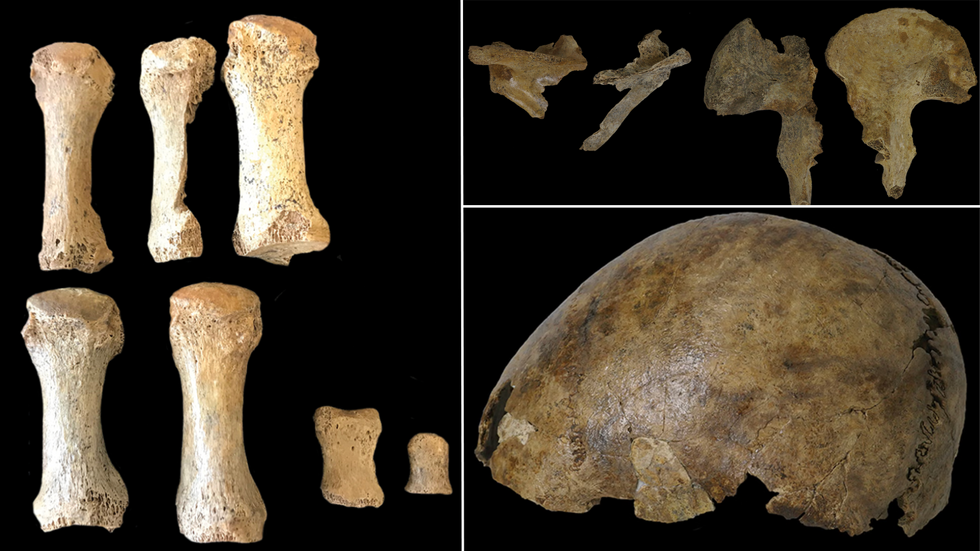
Experts finally crack mystery of skeleton made of bones from multiple people
|Barbara Veselka et al, Antiquity
A Roman bone pin found near the skull led researchers to initially conclude the remains belonged to a woman who lived between 69 and 210 AD.
However, the arrangement of the skeleton was unusual, as the foetal position was not typical for Roman burials of that period.
The breakthrough came in 2019 when radiocarbon dating revealed the true nature of the skeleton's composition.
While some bones were confirmed to be from the Roman period, others dated back to the late Stone Age, spanning a remarkable gap of two and a half millennia.
MORE ARCHAEOLOGY BREAKTHROUGHS:
"Rarer still are composite individuals with skeletal elements separated by hundreds or even thousands of years," researchers noted.
Scientists have proposed two main theories to explain this unusual combination of ancient bones.
One possibility suggests that a Stone Age burial was accidentally disturbed, leading Romans to repair it by adding a new skull and grave goods to cover up the disturbance.
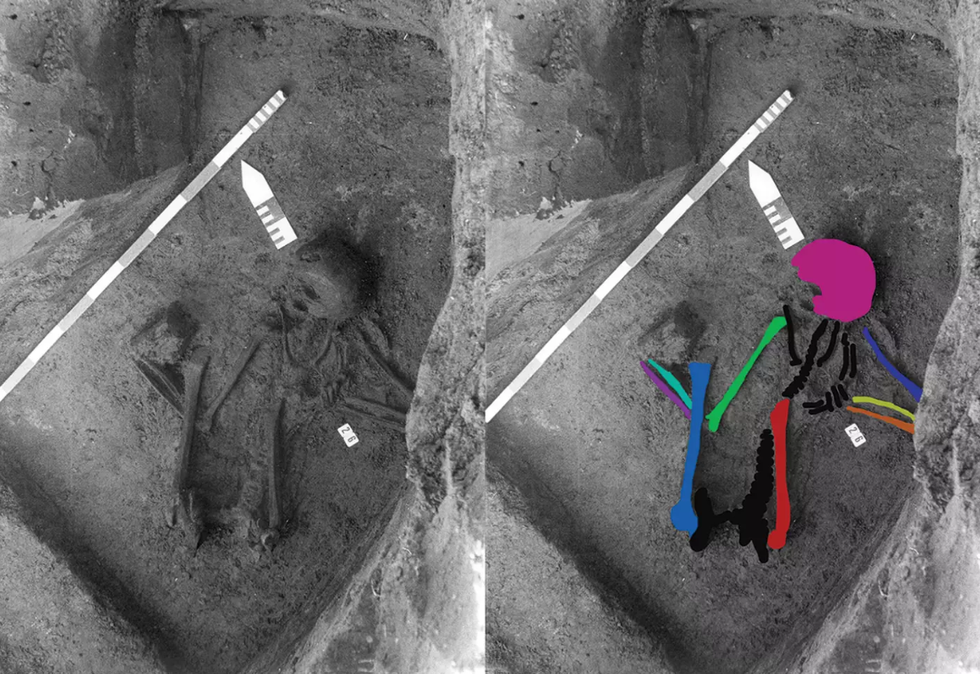
Scientists have now revealed that whilst some bones date from Roman times, others originated from the late Stone Age
|Barbara Veselka et al, Antiquity
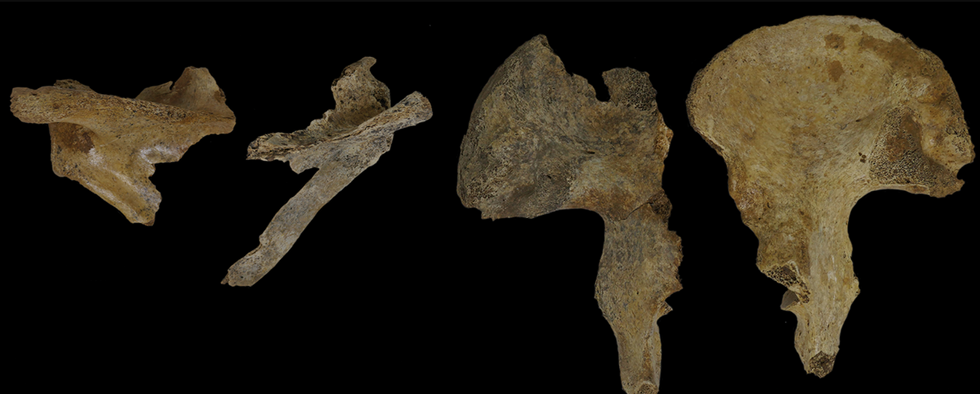
This discovery marked a rare find, as while archaeologists often encounter manipulated human remains, the combining of bones from different time periods is far less common
|Barbara Veselka et al, Antiquity
Alternatively, researchers believe Romans may have intentionally assembled the skeleton during the Gallo-Roman period, combining local Neolithic bones with a Roman skull.
"Inspired by superstition", the Romans might have created this composite skeleton "to connect with an individual who had occupied the area before themselves," according to the scientists.
While the exact motivation behind this unusual burial remains unclear, researchers emphasise the deliberate nature of the arrangement.
"The bones were selected, a fitting location chosen and the elements arranged carefully to mimic the correct anatomical order," the scientists explained.
The careful composition of the skeleton suggests significant planning and expertise, with researchers noting that "the resulting burial implies great care and planning, as well as a good knowledge of human anatomy."


